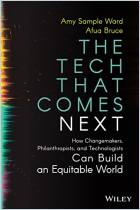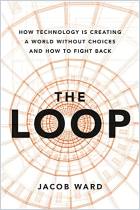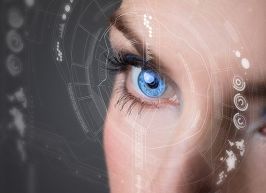
Machines That Translate Wants into Actions
A new generation of brain-machine interface can deduce what a person wants
Read or listen offline
Recommendation
The intricate connections between the human brain and bodily movements are slowly being decoded, with new brain-machine interface (BMI) technology. Richard Andersen’s CalTech research team is implanting electrode arrays directly into the brain, which allows subjects to move prostheses, and in some cases actually feel the movements, through a new generation of “read-out” BMIs. The results give hope to everyone with brain damage or degenerative nerve diseases, that they can learn to move and manipulate their world by simply thinking about it, opening their lives to more freedom and independence.
Take-Aways
About the Author
Richard Andersen is James G. Boswell Professor of Neuroscience and the Tianqiao and Chrissy Chen Brain-Machine Interface Center Leadership chair and center director at the California Institute of Technology. He studies the neural mechanisms of sight, hearing, balance, touch and action, and the development of neural prostheses. Andersen is a member of the National Academy of Sciences and the National Academy of Medicine.















Comment on this summary or Start Discussion